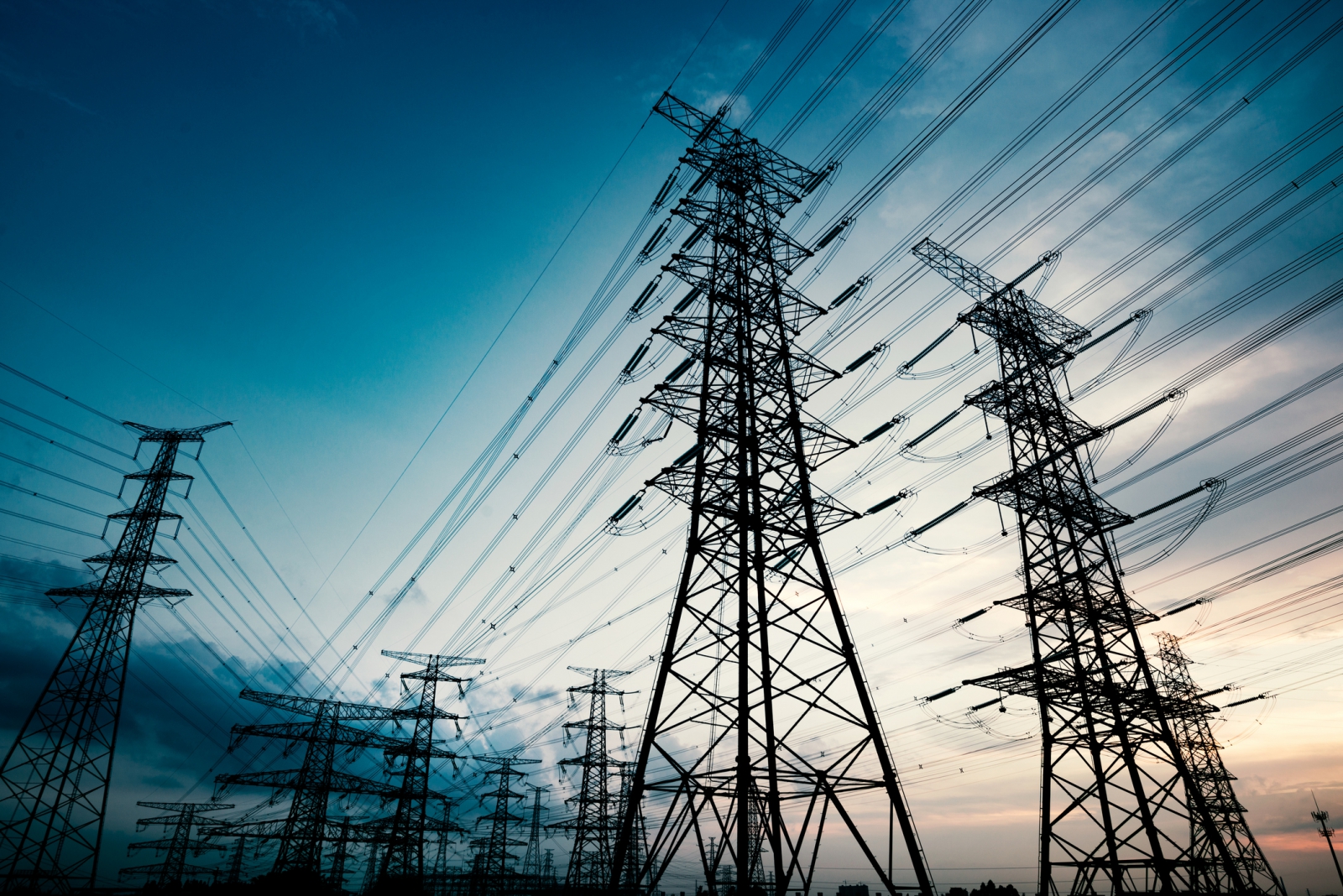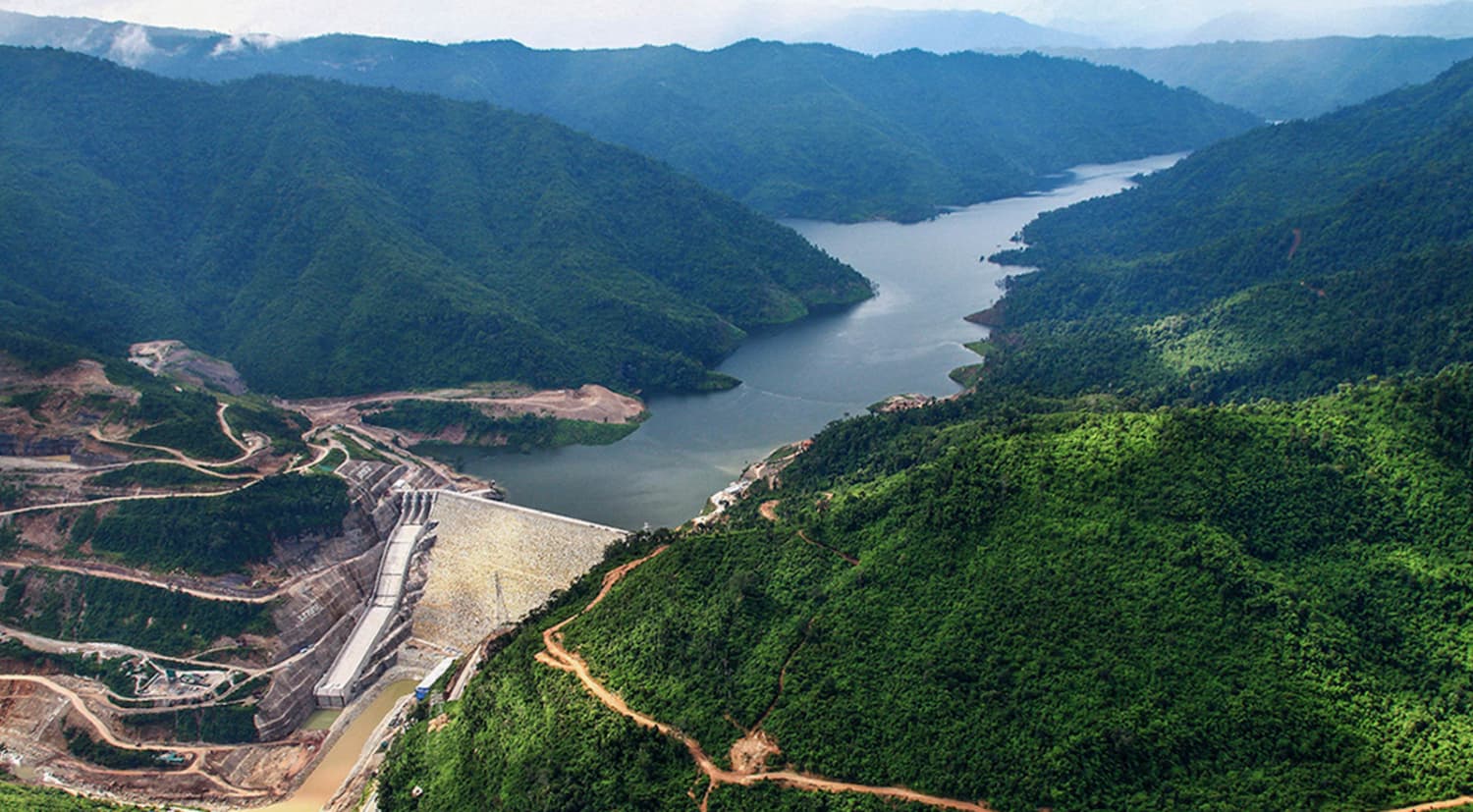
The Singapore-Laos energy deal is stuck due to disagreements over transmitting electricity. (Photo: iStock)
Japan had just announced its support for Indonesia in expanding cross-island transmission infrastructure, which could accelerate the integration of the ASEAN regional grid. However, it has been reported that the progress of the cross-border green energy procurement deal between Singapore and Laos has encountered obstacles.
The reason is that the purchasing party, Singapore, and the grid providers, Thailand and Malaysia, could not reach an agreement. With the increasing demand for green energy in each country, the ideal of an integrated ASEAN power grid might be difficult to achieve.
Singapore's cross-border energy agreement stalled
In 2022, Singapore imported renewable energy for the first time and signed a two-year power purchase agreement with Laos. The plan was to obtain 100 MW (megawatts) of green electricity through the grids of Thailand and Malaysia. This cross-border cooperation project, named the "Lao PDR-Thailand-Malaysia-Singapore Power Integration Project (LTMS-PIP)," officially expired on June 22, 2024. The extension process has been unexpectedly difficult.
According to Reuters, citing two informed sources, Keppel Ltd., representing Singapore, completed the renewal with Electricite du Laos (EDL) on June 24, but the contracts with Thailand and Malaysia have yet to be updated, and the situation is not optimistic.
It is understood that the original agreement allowed Singapore to pay transmission fees based on the amount of green electricity purchased. However, in a multilateral meeting in June, Thailand and Malaysia hoped that Singapore would commit to purchasing a certain amount of green electricity to share the overall transmission costs, which was rejected by the Singaporean representatives. If no consensus is reached by the end of this year, the first cross-border power transaction in ASEAN will be suspended.

Nam Ngum 2 Dam in Laos. Many Southeast Asian countries hope to import hydropower from Laos to meet their domestic renewable energy needs. (Photo: CK Power)
Renewable energy drives ASEAN investment race
In response, Keppel Ltd. told Reuters that it does not comment on market rumors, and other parties such as the Energy Market Authority (EMA) of Singapore, the Electricity Generating Authority of Thailand (EGAT), Malaysia, and Laos did not respond.
Despite Thailand and Malaysia's request to adjust the agreement terms to share transmission costs, Thai Prime Minister Srettha Thavisin publicly stated last December that Thailand would no longer provide a grid for transmitting Laos electricity to Singapore. Instead, Thailand intends to replace Singapore in purchasing Laos's green electricity to ensure its own renewable energy supply and attract more foreign investment.
This highlights that green electricity is gradually becoming a key factor for Southeast Asian countries in attracting foreign investment. Consequently, the competition for renewable energy among countries has made cross-border cooperation more complicated.


